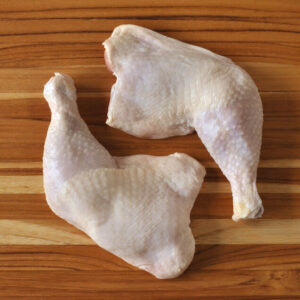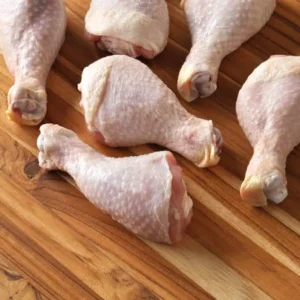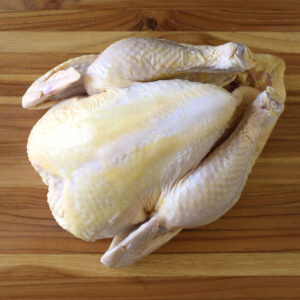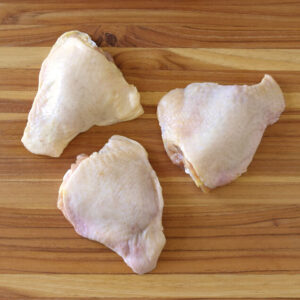The Ultimate Buyer’s Guide to Organic Whole Chicken: Benefits, Selection, and Preparation
Introduction
Organic whole chicken is becoming a staple in the kitchens of health-conscious consumers and culinary enthusiasts alike. This guide offers everything you need to know about whole chicken, from the health benefits and certifications to look for, to tips on selection, storage, and cooking techniques that highlight its natural flavors.
1. Understanding Organic Whole Chicken
Key Points:
- What Makes Chicken Organic: Explain the criteria for organic certification, including feed, farming practices, and absence of antibiotics and hormones.
- Health Benefits: Discuss the nutritional advantages of whole chicken, such as higher levels of omega-3 fatty acids, lower fat content, and absence of antibiotic residues.
2. How to Choose the Best Organic Whole Chicken
Key Points:
- Certification Labels: Guide readers on what labels and certifications to look for when purchasing to ensure the chicken meets organic standards.
- Freshness Indicators: Offer advice on assessing the freshness of chicken through visual inspection and other sensory indicators.
3. Storing Your Organic Whole Chicken
Key Points:
- Refrigeration: Provide best practices for refrigerating whole chicken to maintain freshness and prevent bacterial growth.
- Freezing: Share tips for freezing whole chicken, including packaging methods and thawing procedures.
4. Preparing and Cooking Whole Chicken
Key Points:
- Preparation Tips: Discuss preparation steps, including rinsing, drying, and seasoning, to maximize flavor and safety.
- Cooking Techniques: Highlight various cooking methods such as roasting, grilling, and slow cooking, including recipes or links to recipes that bring out the best in organic whole chicken.
5. The Environmental and Ethical Impact of Choosing Organic
Key Points:
- Sustainable Farming: Elaborate on how organic farming practices benefit the environment, including promoting biodiversity and reducing pollutants.
- Animal Welfare: Discuss the ethical considerations of organic farming, such as humane living conditions and natural growth rates.
Conclusion
Opting for whole chicken not only elevates your meals with superior taste and nutritional benefits but also supports more sustainable and ethical farming practices. By making informed choices about the organic chicken you purchase, store, and prepare, you contribute to your health, animal welfare, and the environment.





Reviews
There are no reviews yet.